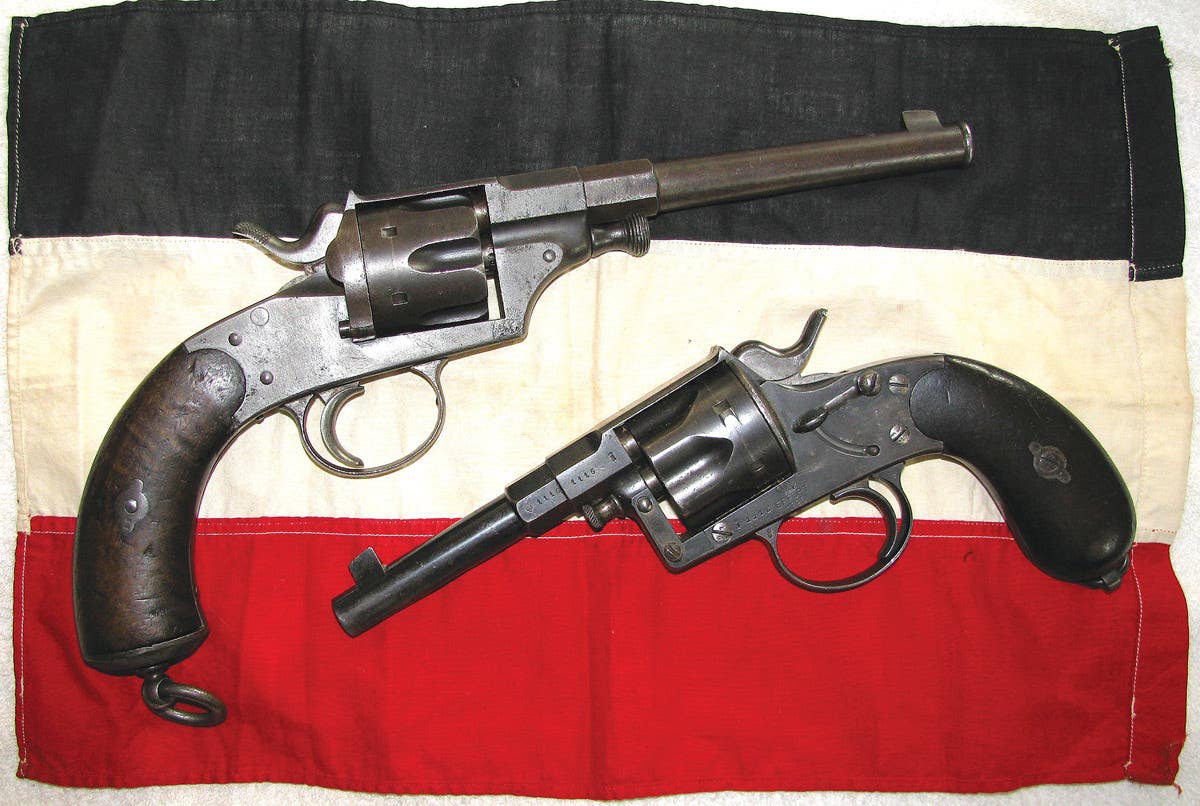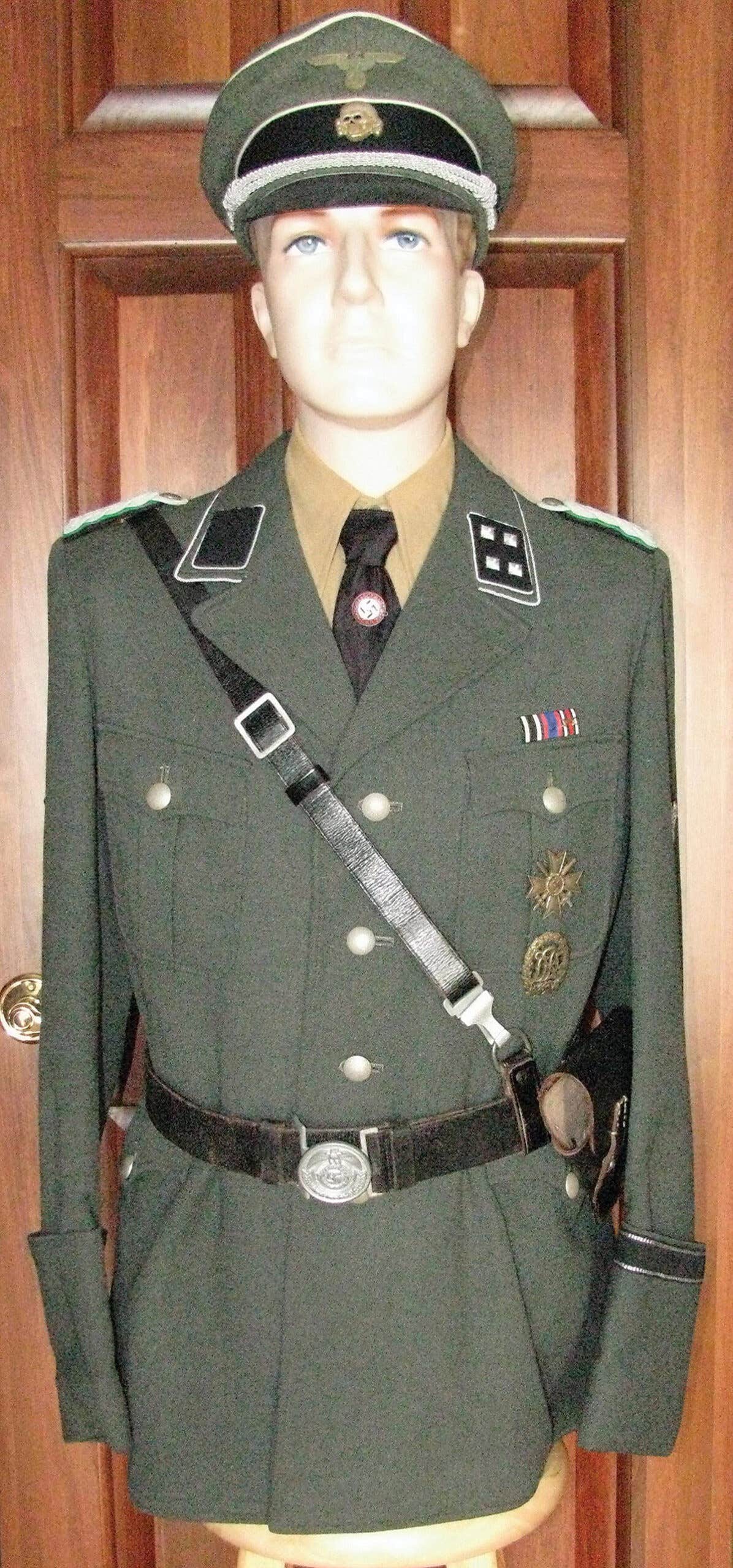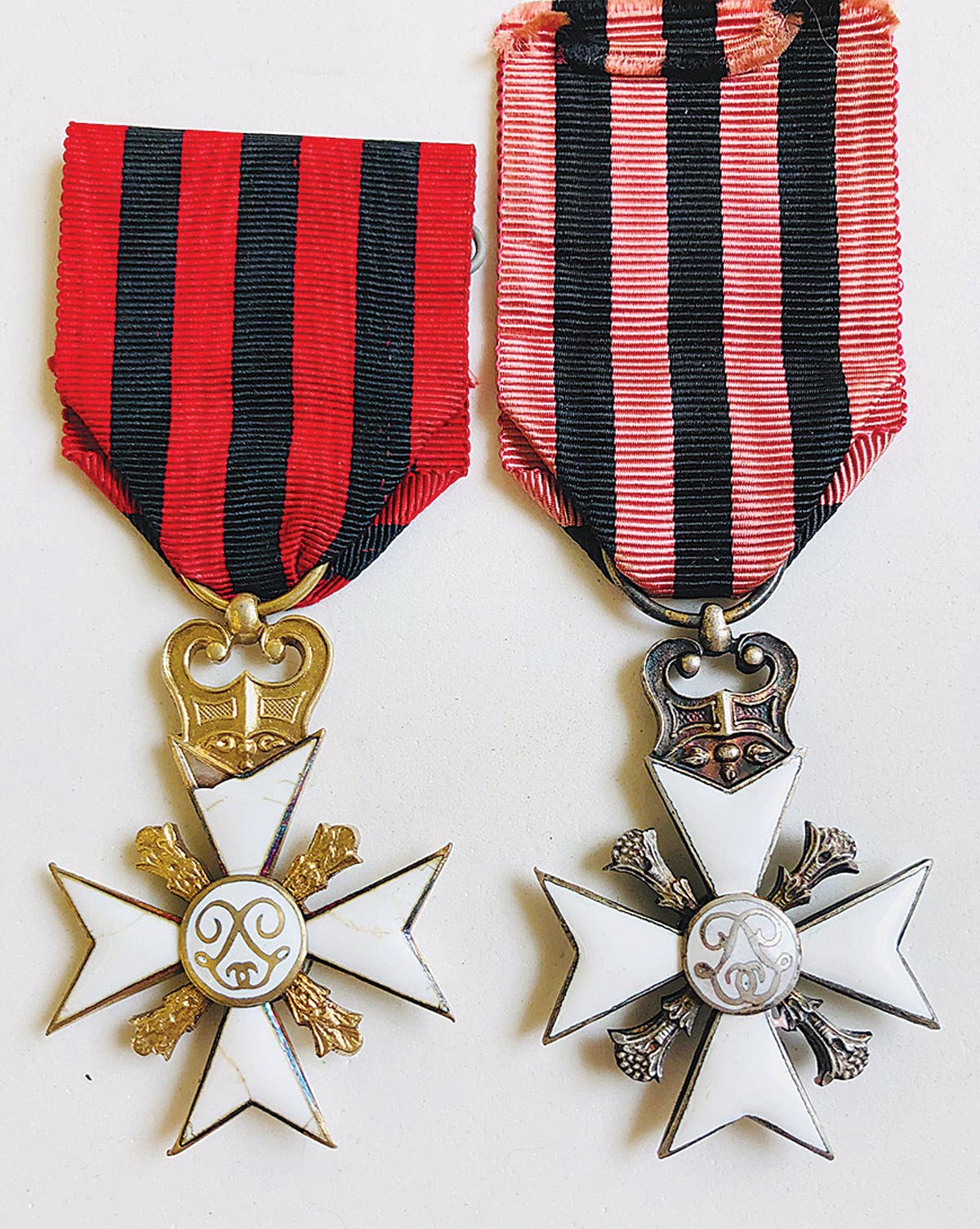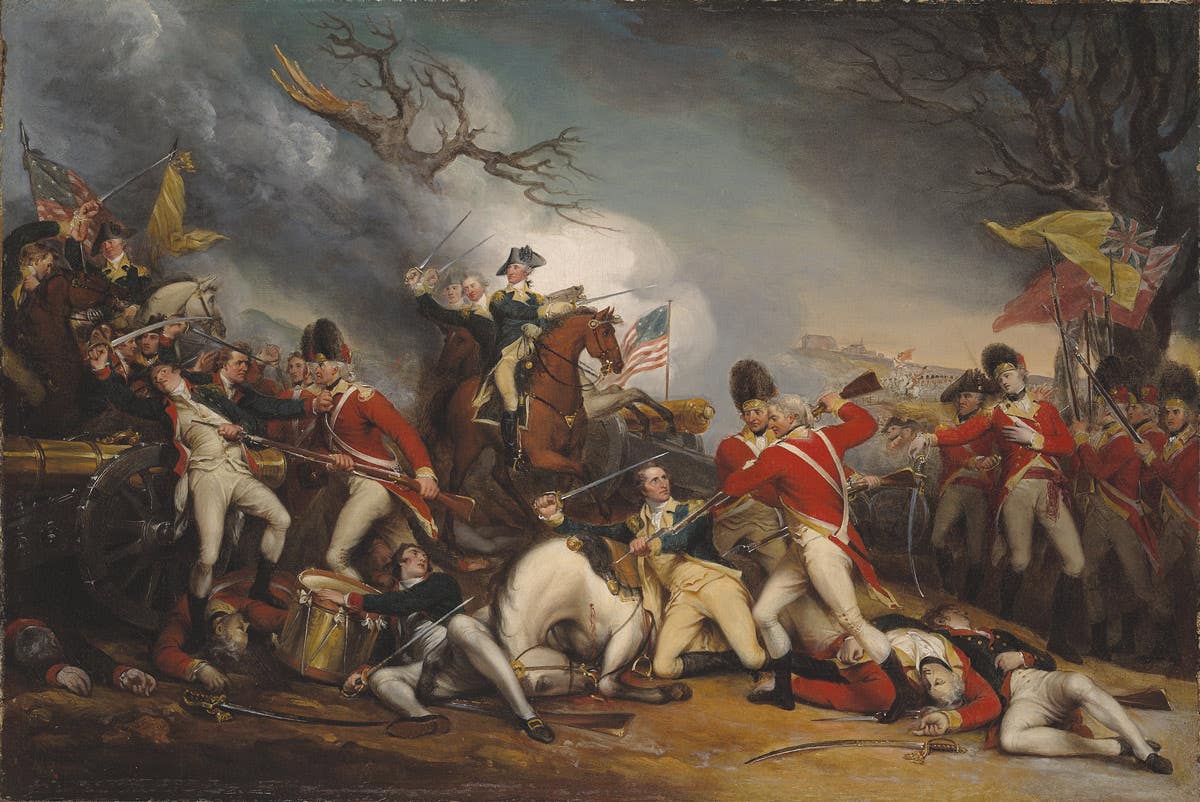These aren’t toys! German wooden recognition models
Much like “Salesman Samples”of everything from appliances to farm equipment to even luxury automobiles, intricate miniature tanks were produced in Nazi Germany during World War II.
Astute viewers of “Antique Roadshow” on PBS have surely seen various “Salesman Samples” of everything from appliances to farm equipment to even luxury automobiles. These were presented as a way to show the finer details to a potential customer via an intricate scale miniature. As is often pointed out, these weren’t toys, however, and they are now sought after by collectors.
Similarly intricate miniature tanks were produced in Nazi Germany during World War II. These, of course, were neither toys nor salesman samples — rather they were made to be training aids, or “recognition models” for tank crews. The exact purpose is just part of the confusion over these 1:20 scale tanks, as no doubt some American G.I.s who discovered these after the war may have assumed they were simply highly detailed toys.
Another misconception is that they were made by Rodach, but that is actually the town’s name — as in “Bad Rodach” — while the actual producer was a company called Haba, which still makes wooden toys to this day.
“In the history of Haba they made wooden trains, but also wooden boxes for ammunition and other hardware, including rifle scopes,” explained German collector Max Miller.
Those boxes are often sold as the original storage cases for the wooden recognition models, a point that Miller said isn’t accurate — and which has led to further confusion amongst collectors, as both the boxes and the models are marked to Haba.
“I’m sure that U.S. soldiers used these boxes for shipping,” added Miller. “In the U.S., many collectors think the wooden boxes were made for these tanks, but that is clearly not true. All of the boxes in the U.S. collections are the same, but only the T-34 and Panzer IV from Haba will fit in there.”
It isn’t known how many of the wooden recognition models were actually produced, and there remains much speculation among collectors as to even what tanks were made in scale. However, it has been determined that most of the main tanks of the er, including those from the U.S., UK, Soviet Union, and Germany, may have been represented. Miller said that there are known models for the Churchill, Sherman, Sturmgeschütz III, Panzer III, Panzer IV, Panther, Jagdpanther, Tiger, T-34 (1941), T-34 (1943), KV-1 and KV-85.
“I think there are more,” Miller continued. “In the Habermas history catalog, there was a Sturmpanther which was unknown until last month.”
Interest in the wooden recognition models has been on the rise, and even broken models that could be missing some pieces now sell for hundreds, even thousands, of dollars. As these are made of wood and are upwards of 80 years old, it is almost expected to find some damage.
“Models in good condition are very rare, and a Tiger or Panther will go for around 3,000 euros ($3,200) or more,” said Miller.
A lesser-known version of recognition models was made of paper and also produced in 1:20 scale. These were provided by Oberkommando des Heeres (OKH) to tank crews as training aids. As with the models, it remains unclear how many were produced, and few are known to have survived.
Peter Suciu is a freelance journalist and when he isn't writing about militaria you can find him covering topics such as cybersecurity, social media and streaming TV services for Forbes, TechNewsWorld and ClearanceJobs. He is the author of several books on military hats and helmets including the 2019 title, A Gallery of Military Headdress. Email him and he'd happily sell you a copy!







